Do you have corroded appliances at home? If so, you might have a high-humidity living space. High moisture buildup is the product of condensation. And if you are concerned that condensation can damage your home electronics, then this article is for you. We've looked for answers, and this is what we found out.
Electronic devices are susceptible to condensation. When the humidity level rises, rust emerges. Parts of your electronics can get damaged and lose the capacity to conduct and resist electricity.
Some of the negative effects include:
- Flickering lights
- Busted sensors
- Defective internal fans
- Tripping circuit
- Electrical fire ignition
- Poor lifespan of electronics
- Breakdown of electrical equipment
Several factors boost condensation. Read on to know why condensation occurs in your place and how it works. Also, let's find out the repercussion of this mishap on your electronics.
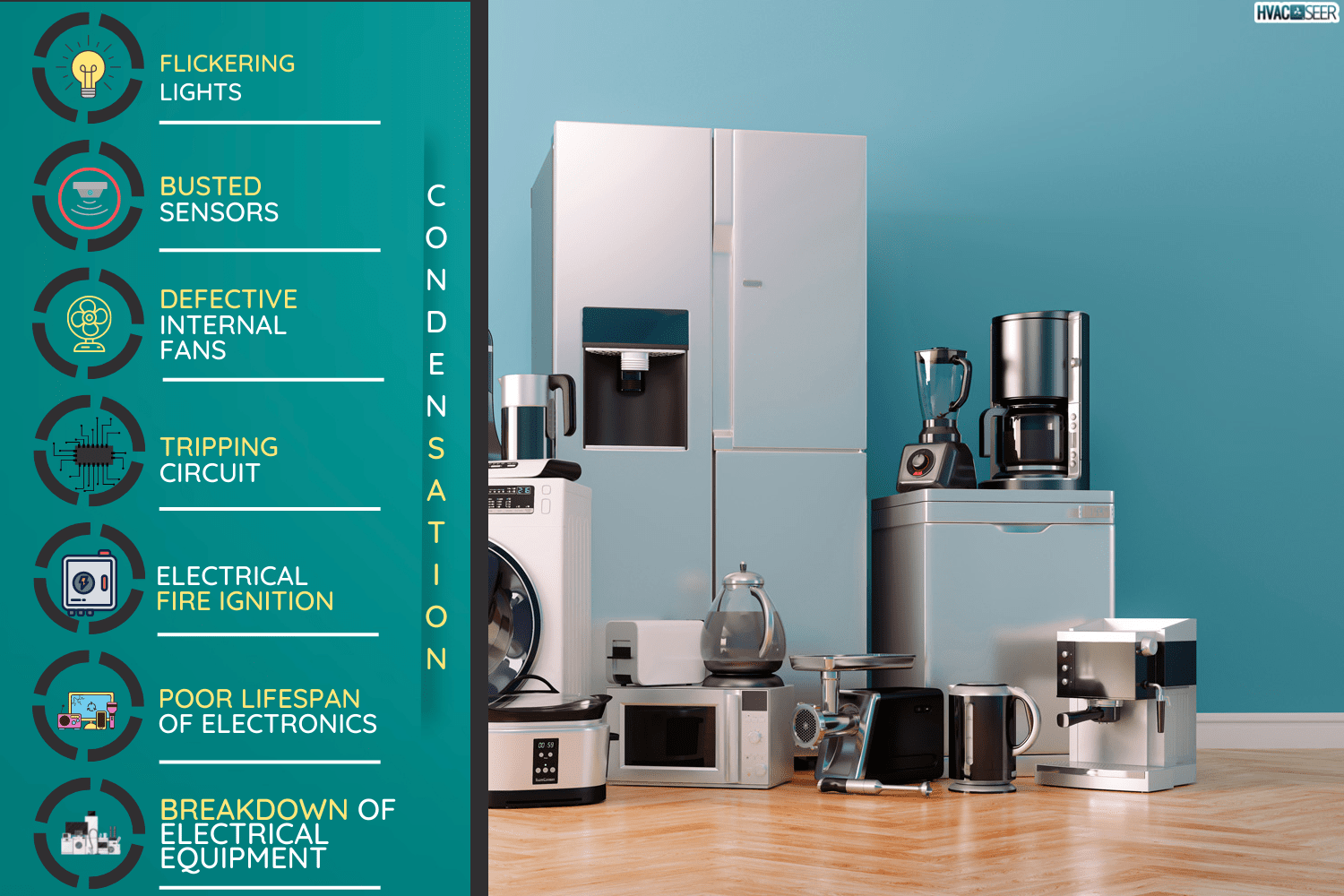
How Condensation Affects Electronics
Condensation is a threat to electronics. An electrical appliance is at risk when moisture goes inside an electronic enclosure. The following are the potential problems:
Flickering Lights
Flickering lights usually indicate a problem with your electrical system. This problem arises when water in the wall perforates inside switches. This problem requires an urgent solution to avoid danger and possible cause of an electrical fire.
Busted Sensors
The sensor fails when the circuit board corrodes. Thus, the whole control system will be fatal and lead to equipment breakdown.
Defective Internal Fans
An internal fan usually fails due to external interference like dust and moisture. It can cause your electronics to overheat and shut down your device without forewarning.
Tripping Circuit
When rust penetrates inside your electrical enclosure, it leads to electric system failure. Water can increase electric conductivity, causing your circuit breakers to trip.
Electrical Fire Ignition
Constant moisture exposure can make your electronics corrode. Corrosion can lessen conductivity, making your devices vulnerable to high electric current. High current flow can blow up your fuse and lead to a fire.
Poor Lifespan of Electronics
Moisture poses a possible threat to your appliances. Extreme humidity can damage the brittle components of your electronics and put your circuit board at risk, resulting in a short lifespan of the product.
Breakdown Of Electrical Equipment
This problem takes place when the surrounding air has high humidity. When moisture penetrates inside an electronic, its components and connecting parts can be damaged. An insulator that gets defective results in a tragic breakdown of the equipment.
At What Temperature Does Condensation Occur?
Condensation is the process by which moisture turns into liquid. Typically, when water vapor covers your dwelling, condensation takes place. When warm air strikes cold surfaces, water droplets form.
The process of condensation occurs between 32 and 212 degrees Fahrenheit. Some indications that your house has condensation are damp windows, flaking wall paints, mold growth, and stale scent.
What Causes Condensation In Your Home?
A house should be a safe place. However, when there is condensation, then you might be in danger. Understanding the agents of condensation will eventually help you achieve a dry place and risk-free.
The primary cause of condensation is the lack of proper ventilation. Yet, your daily household activity also contributes to its formation. Some of these activities are as follows:
Cooking
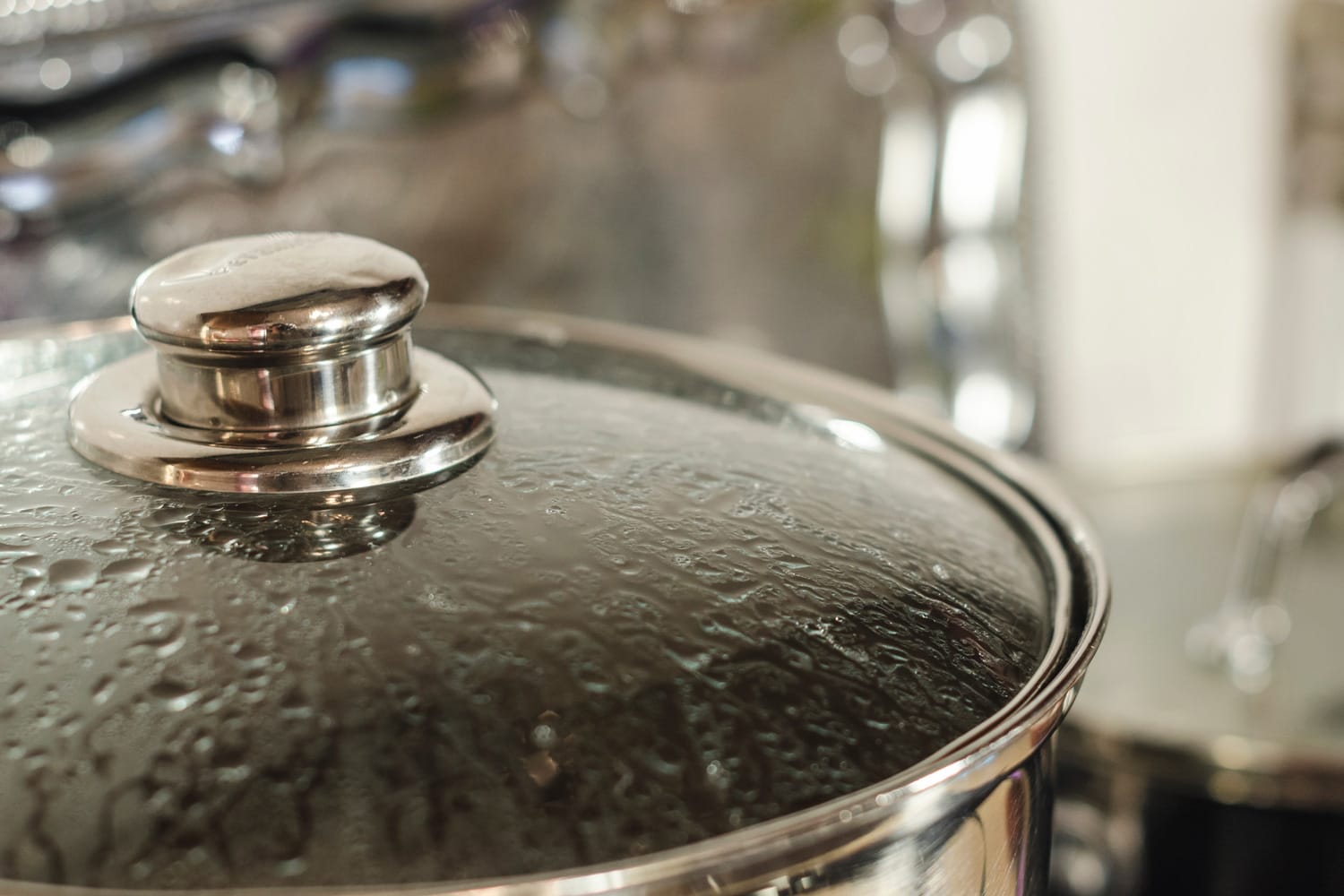
Boiling water is the source of condensation in the kitchen. When a kettle is heated, the pressure increases until it reaches its boiling point and releases lots of vapor.
Drying Clothes Inside The House
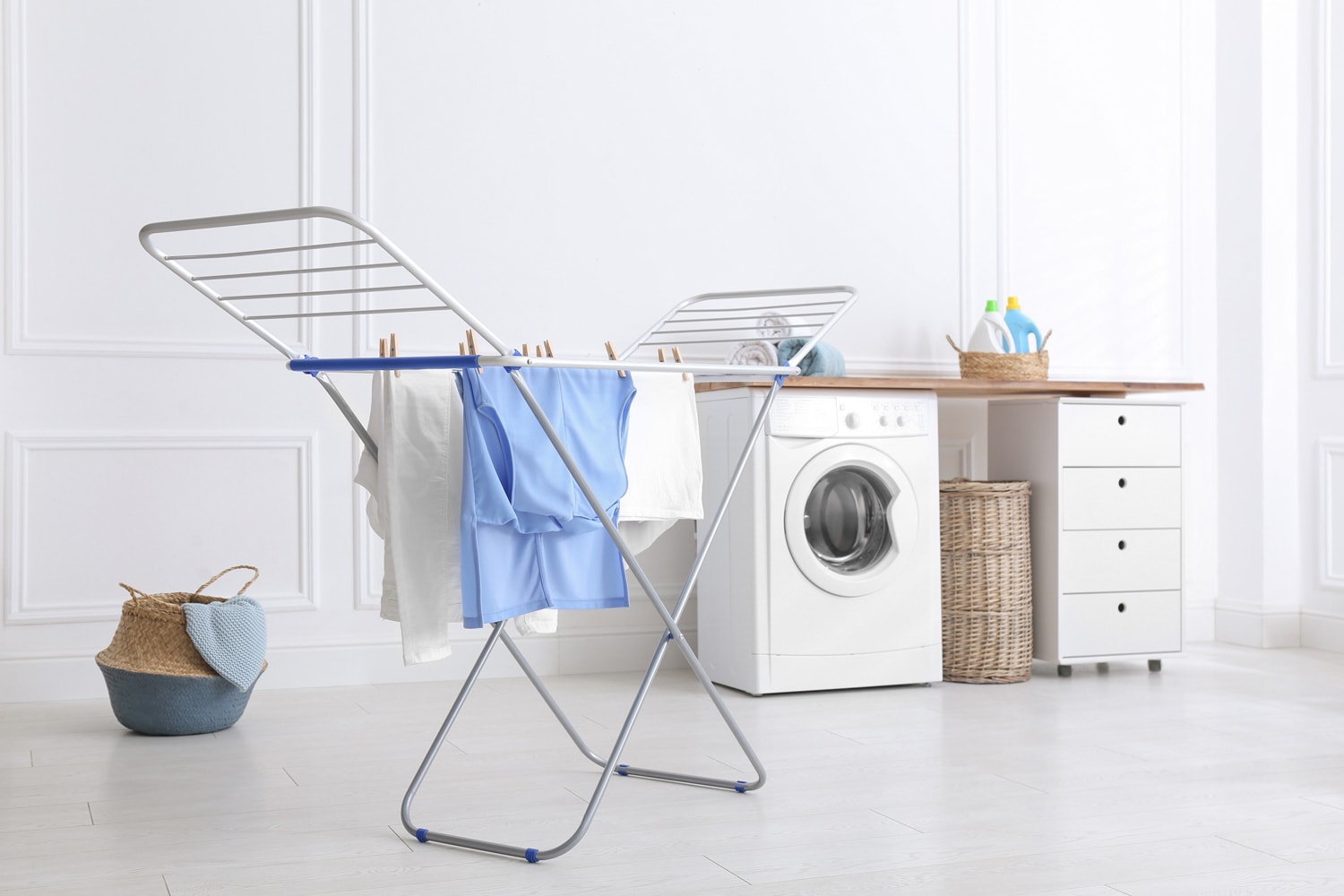
Hanging clothes or air-drying indoors contributes to the emancipation of moisture in the air. Water from clothes gradually evaporates into the atmosphere, which causes condensation.
Washing Clothes Indoors
Ironing

When you intend to dry wet clothes, hot iron extracts water from the clothes. And so, some of the steam diffuses into the air and leads to condensation.
Drying Laundry
Tumble drying performed in a small area with little to no ventilation can be the cause of condensation. Tumble-drying closed rooms can be scorching in a minute. The warm air will condense to an area with low temperature.
Bathing
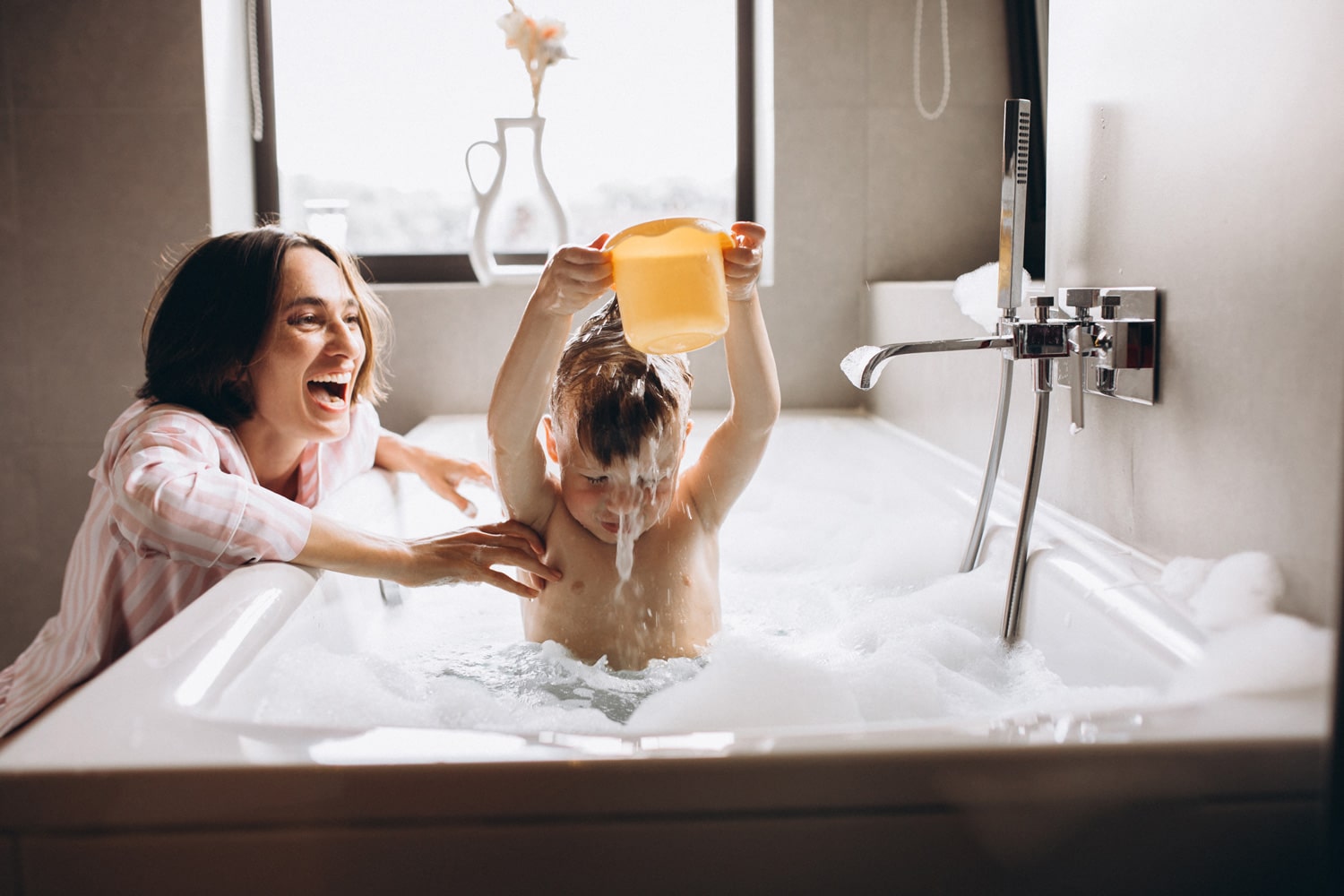
Bathing amasses condensation rapidly. When you are fond of using warm water while showering, the steam spreads in the air. The condensed vapor accumulates on the walls and surfaces of your house.
How To Stop Condensation
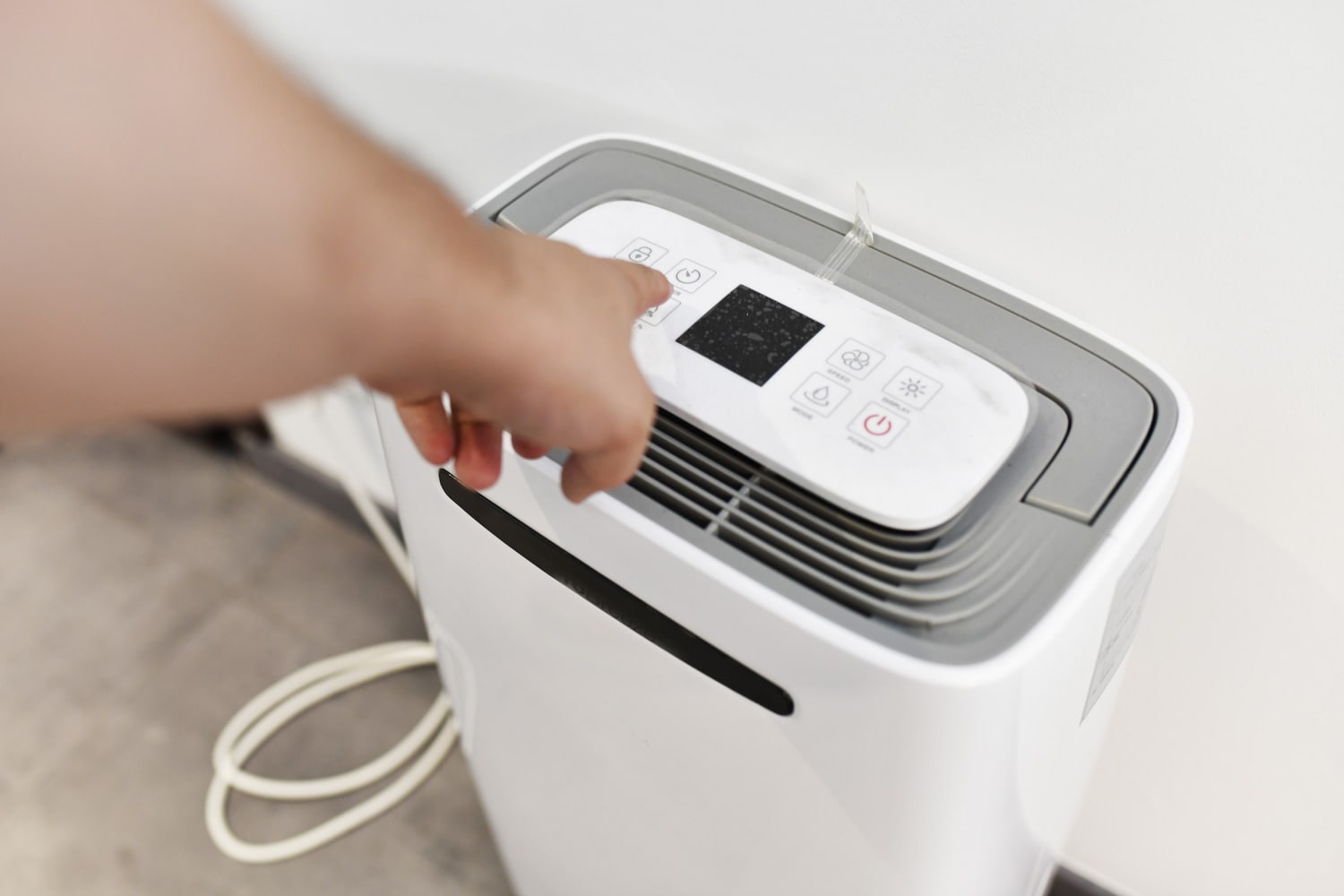
Condensation appears mostly in cold regions or places with cold weather. Condensation may form at any time. Once moisture is released, it leads to condensing your house.
Knowing the agents of condensation, you can eventually control the moisture level and block condensation from happening. Here are some of the preventive measures:
Use A Dehumidifier
Dehumidifiers can lessen condensation in your house. This device can normalize the humidity level, which is beneficial for your electronics. When your room has proper ventilation, dehumidifiers work best.
Check out this portable electric dehumidifier on Amazon.
Install An Extraction Fan
When showering, extraction fans in the bathroom eliminate moisture and prevent the growth of mold within walls. Also, the extraction fan allows fresh air to circulate inside.
Check out this bathroom extractor ventilation fan on Amazon.
Place An Extractor Canopy Above Cooker

This machine reduces moisture generated from cooking, even if you are covering lids on your pans. Nonetheless, lids lower the chance of vapor settling in the atmosphere.
Set Your Window Open
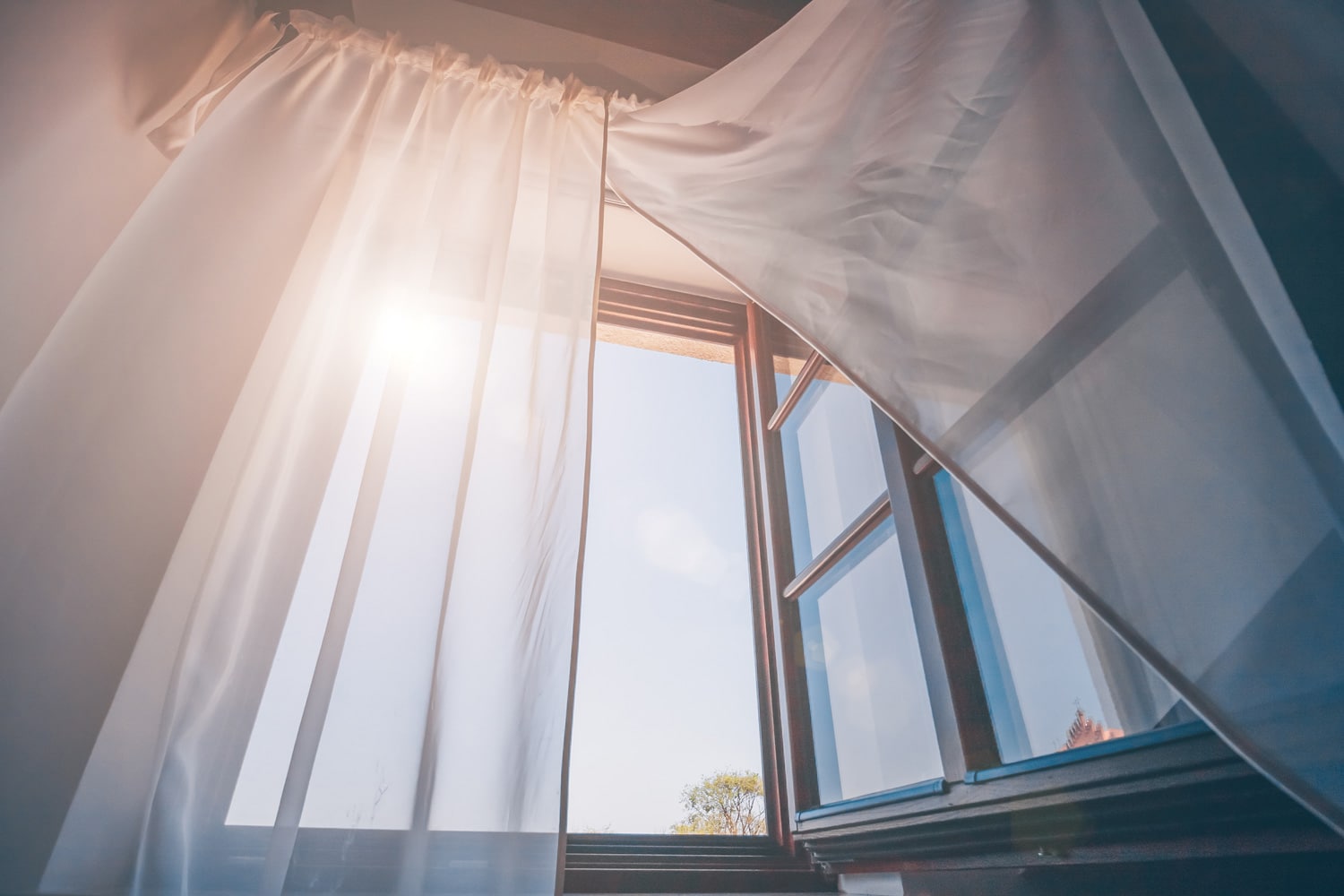
When you let air from the outside circulate inside your house, you're inhibiting the formation of condensation. Opening the curtains on your window gives the house enough time to dry.
Dry Clothes Outside

It is advisable to hang or iron your clothes outdoors. Drying in open air keeps condensation out of your house.
Improve House Ventilation
To prevent condensation in the house, you must assess your ventilation system. Do you have a passageway of air in your dwelling? If not, then you must change and improve your vents.
Check out this thermostat control AC vent on Amazon.
Maintain Indoor Surface Dry
Saturated air will condense on cool surfaces. Wet surfaces in your house should be kept dry at all times. Molds and fungi may grow faster in humid areas. So, it is essential to keep the entire house dry.
How To Protect Electronic Devices From Humidity
Generally, an ideal environment for electronics has a relative humidity ranging from 30% to 70%. However, you must keep your relative humidity at 50% for safety. Check your dehumidifier once or twice every seven days and clean your electronics regularly to monitor their condition.
Listed below are the protective measures:
- Use enclosures and apply them to the circuit board. These insulate and secure your electronic devices from moisture and dust.
- Use desiccants. It absorbs moisture, thus keeping your electronics dry. The most commonly used desiccant is silica gel.
- If you're experiencing a short circuit, utilize surge protectors. These will keep your electronics from any possible surges.
- Use GC electronics silicones when you need to bond and seal sensitive electronics. It is non-corrosive and is ideal for metals.
- Cover your TV with a water-resistant casing. It will protect your device from direct exposure to moisture and any foreign matter that can get inside.
What Temperature Is Ideal For Electronics?
Oscillating temperature is unsafe for electronics. Electronic devices can withstand up to 176 degrees Fahrenheit. However, keep your electronics at 95 degrees Fahrenheit if you want to extend their service life.
Meanwhile, keep out your device from areas with temperatures below 32 degrees Fahrenheit. Most electronic devices use batteries that are susceptible to freezing temperatures and may cause damage to your device.
How To Check Humidity In Your Room
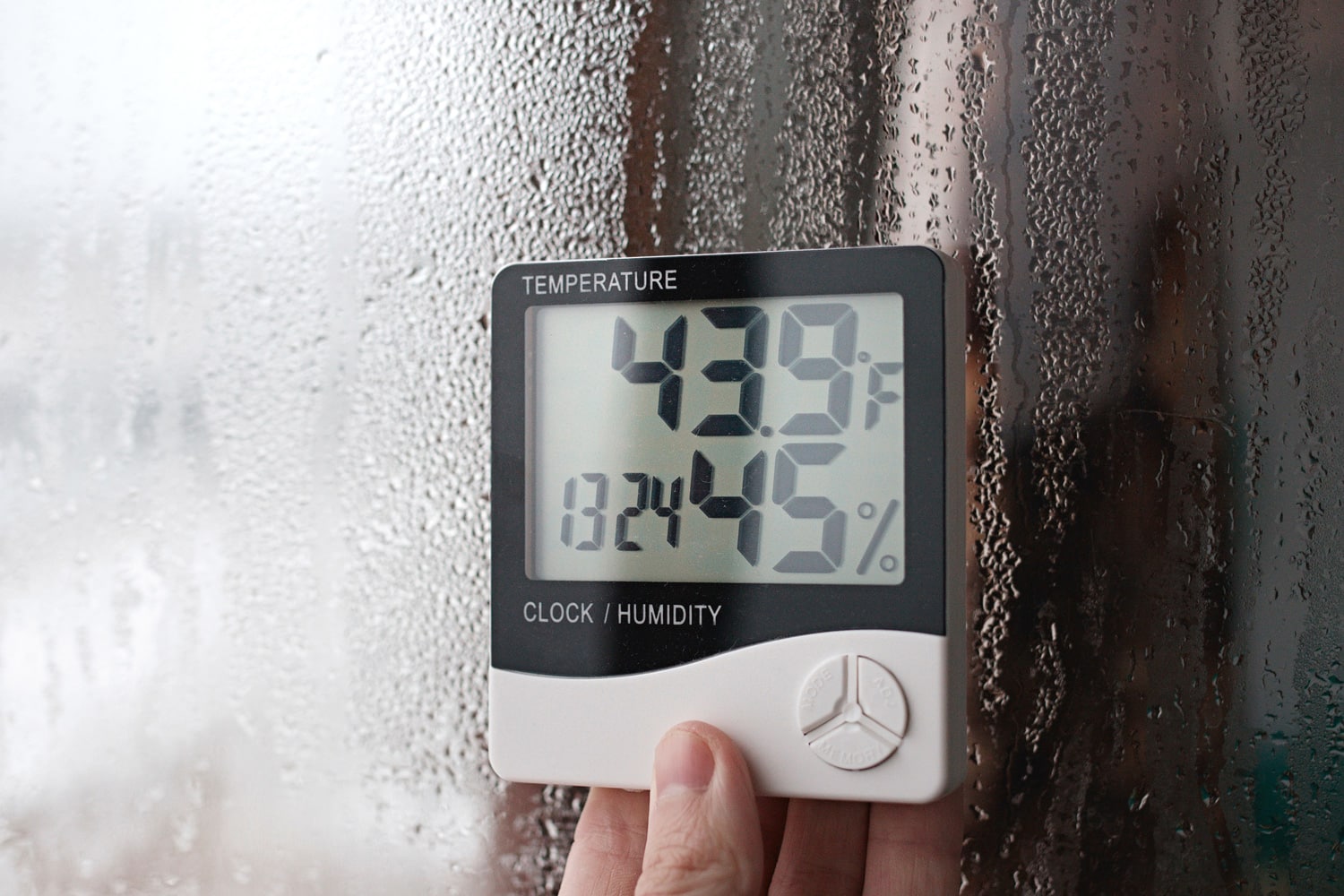
Humidity level fluctuates depending on the temperature of the surroundings. Use a hygrometer or psychrometer to measure humidity. These devices measure based on temperature, pressure, and even electrical flow.
Since the above devices are a bit expensive, one easy and cheap way of checking humidity is to apply the ice cube approach. Perform this method in an open space. To start, you must prepare a glass of water and ice cubes.
Submerge the ice cubes inside the glass of water for 5 minutes. Observe the glass once done. High humidity will show an oozing glass, while dry air will show no condensation.
In Closing
Condensation can jeopardize your home and electronics. So as a homeowner, do not underestimate the impact of condensation as it may result not only in damage but even loss of costly belongings.
As you are now aware of the contributors of condensation, you can mitigate its effect and protect your electronic devices from the possible danger it brings.
If you are still curious about condensation, you can read these other posts:



